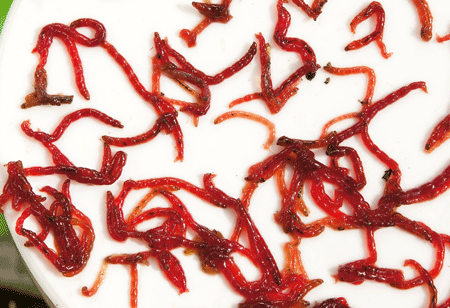setting probabilities on flesh and blood
Question
Hi!
I've been playing the ponies since I was 18 (I'm 38 now). I'm not a heavy bettor but seriously enjoy sitting in front of a horse's stats and try to pick a winner.
I'm also interested in an academic approach handicapping rather than the "You'll make a living in 10 days guaranteed" philosophy.
Currently I've been thinking of ways to assess a numerical probability for each horse's chance to win. I could then convert the probabilities to odds and only bet the overlays.
I'm trying to find a mechanical approach to my study. I already know the favorite will probably win 30% but it's the rest of the field I have trouble with (except obvious dogs that I assign 5% to 1%). I never assign a horse zero percent since anyone could win!
Was wondering if you have heared of handicapping based on a set of critera (mechanical) that assigns probability to horses. I'm also thinking of toying with the relationship between M/L odds and probability but a little voice inside me is telling me to watch out!
Thanks for reading this!
Answer
Hi, Tony.
I did a huge study of exactas for American Turf Monthly a couple of years ago, and what I specifically looked at was how the favorites, second choices, third choices, and others (I called them "longshots") did. I wish I could find the article, but it's buried somewhere around the house here. Maybe you could order it as a back issue from American Turf in New York.
Anyway, while I don't remember the exact statistics anymore, what I do recall is how surprised I was that second choices in the wagering didn't do all that much better than third choices. In fact, the 1-3 exacta (favorite on top, third choice in the second slot) did much better on a return-on-investment basis than the 1-2 exacta. This despite the fact that the 1-2 hit much more often than the 1-3, because the 1-2 was bet more heavily.
As I recall (and I may be dead wrong - this was awhile ago), the favorites won at about 28%, the second choices at about 15%, the third choices at about 12%. I reviewed an entire Santa Anita season to get the data, so I think my results were pretty solid.
A lot of Mark Cramer and Steven Davidowitz's handicapping tools strike me as pretty mechanical - and I mean that in a positive way. They look for combinations of factors that over the long haul produce a positive return on investment. A good example is Cramer's class-drop-jockey-change. For years, horses dropping in class and changing to a better jockey would earn a profit almost every meeting. Dr. William Quirin's great book, Winning at the Races, is another effort at assigning values to various equine qualities - he actually does a return-on-investment analysis of every factor he can think of, and finds some that earn a long-term profit and some that don't. Most don't, actually. I'd highly recommend Quirin's book.
I think your attempt at assigning percentage probabilities to each starter is a good start on finding value at the races. I've sometimes tried to do that myself, but find that the sheer number of factors to consider makes me give up in frustration. Patience is not my strong point as a handicapper.
I hope that's helpful. Good luck at the races!
- Mark Shrager
could i do it
I am 24 years old and want...


